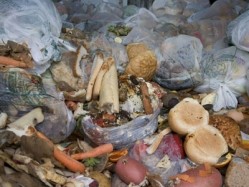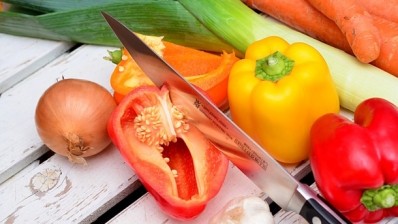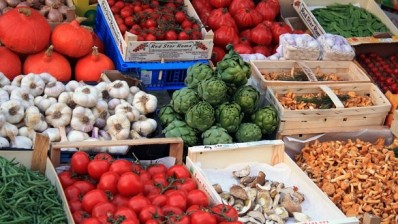Ask the experts
How to tackle food waste to benefit the bottom line

A staggering 451,000 tonnes of food is discarded in hotels, restaurants and pubs across the UK each year – of this 75% is avoidable and could have been eaten. Potatoes, bread, pasta and rice are the items that most often end up in the bin.
On average, 45% of food waste comes from food preparation, 34% from customers’ plates and 21% from spoilage. The estimated cost of every tonne of food waste in hotels is £4,000, £3,500 in restaurants and £2,100 in pubs. So when you consider how this adds up over the year, the average cost per outlet is around £10,000/year, so it makes sound business sense to tackle this issue and put savings straight on the bottom line.
Monitor and plan
Understanding how and why food waste arises in your kitchen is a crucial first step to tackling the problem. First, monitor all food wastage for a short period, ideally broken down by spoilage, preparation and plate waste. Use the data collected to work out the amount produced over a year, then calculate how much it is costing your business by multiplying this figure by the cost per tonne.
Next, look at ways to waste less and recycle more. Focus on:
- menu planning
- efficient stock management
- packaging
Menu planning
Plan your menus using feedback from customers and staff. Monitor uptake and wastage rates. Remove or replace unpopular items.
Are your servings too large? A recent survey showed that 41% of consumers blamed oversized portions for leaving food, so consider reducing or offering a variety of portion sizes. Chips are one of the most common items left on customers’ plates, so try offering a range of serving sizes or smaller servings with the option for a refill.
Offering choices for side dishes can mean people order what they prefer and are less likely to leave food on the plate. Providing doggy bags or boxes can also help by allowing customers to take leftovers home.
Stock management
Order the right amount of stock, store it properly and ensure each item gets used before the end of its shelf life. Make the most of ingredients - surplus vegetables, for example, could be used to make soup.
Packaging
Every year, 1.3Mt of packaging is discarded in commercial kitchens across the UK. Whilst packaging plays a vital role in protecting and preserving food and drink through the supply chain, there are ways to reduce the amount and recycle more.
Consider using returnable and re-usable transit packaging for items such as fruit or vegetables, or catering packs which can result in less packaging per unit. You could use lighter weight bottles, or offer drinks on tap served by the glass or in refillable bottles/carafes.
Review the types and quantities of recycling bins to ensure the wrong waste isn’t going in the wrong bin – make sure all staff know what goes where.
Help is at hand
A wealth of data, resources and advice is available from WRAP to guide businesses through the process of reviewing and reducing the food and associated packaging waste they generate. Any hotel, restaurant or pub can sign up to the Hospitality and Food Service Agreement (HaFSA) which now has more than 180 signatories and supporters from across the industry. Set up in 2012 and coordinated by WRAP, the aims are simple: to cut food and associated packaging waste by 5% and increase recycling rates to 70% by the end of 2015.
Small actions can make a big difference. Taking action can contribute to the HaFSA targets and help you realise significant financial savings for your business.
Good practice
Concentrate on menu planning, fine tuning stock management and reviewing packaging. Listen to your customers and take them with you: give them the flexibility to order the meal size they want and take home what they can’t finish. Monitor progress regularly and share good practice.
The more you can reduce, reuse and recycle your waste, the less you will spend on disposal and purchasing unnecessary or unused items.

















